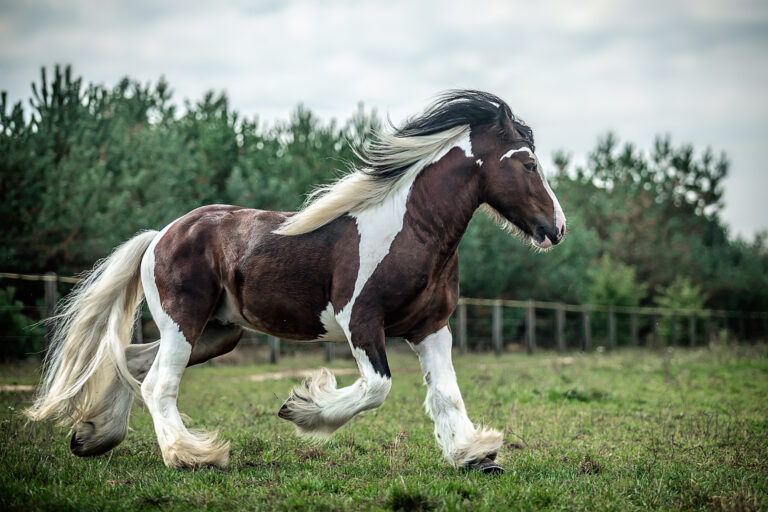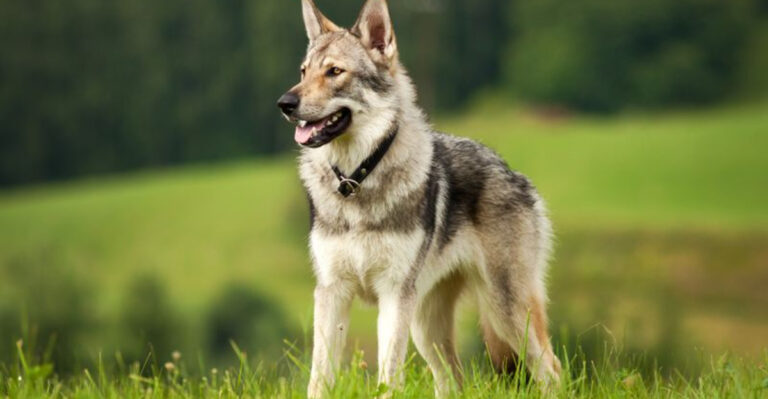15 Differences Between The Icelandic Horse And The Fjord Horse
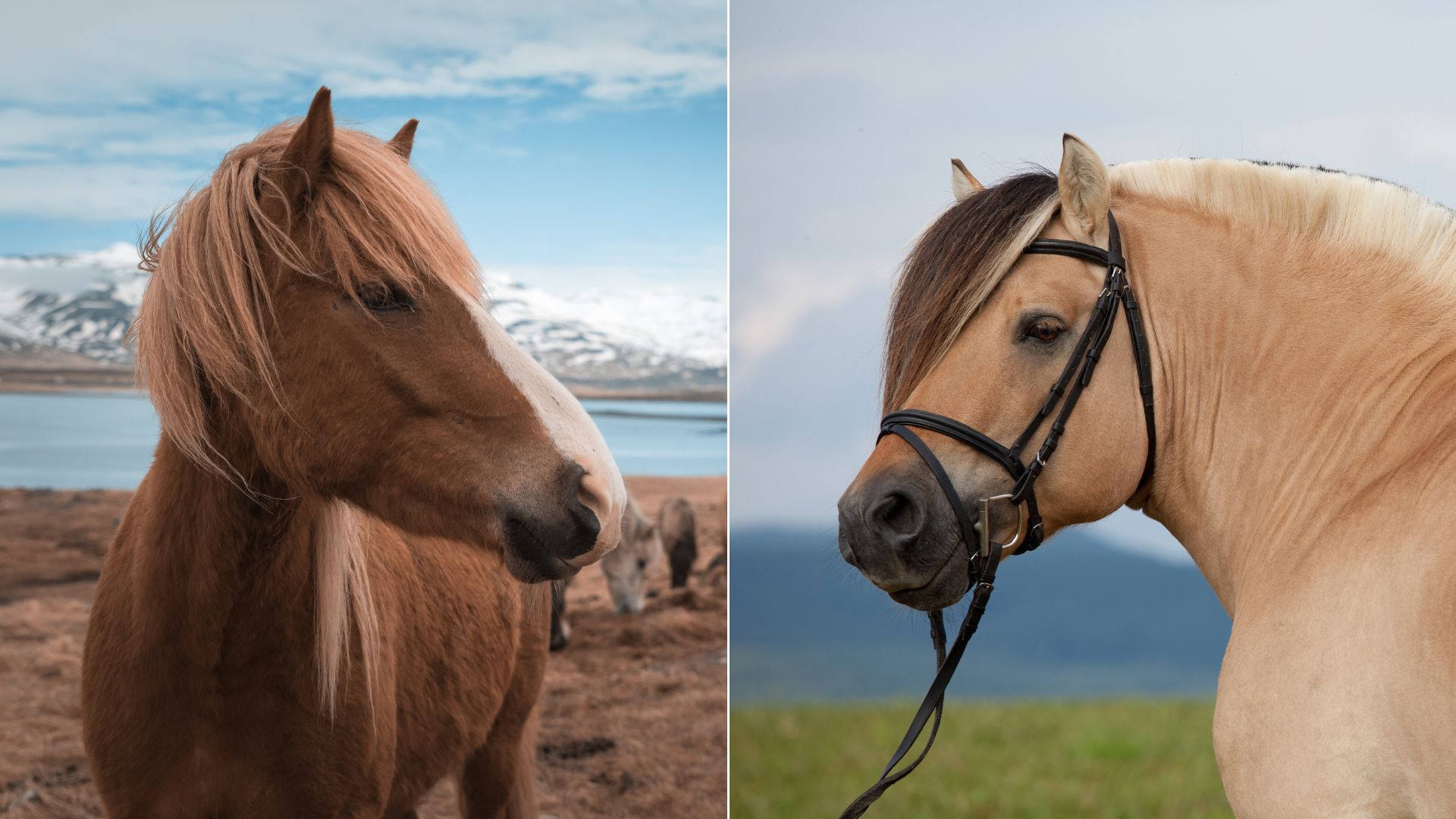
Ever wondered if horses could pull off quirky hairstyles better than humans? Enter the Icelandic Horse and the Fjord Horse – each with a mane as unforgettable as their personalities!
These two breeds are like the best friends with contrasting styles, making them stand out on any farm. Let’s trot into these fascinating differences that make each breed uniquely charming.
1. Size Difference
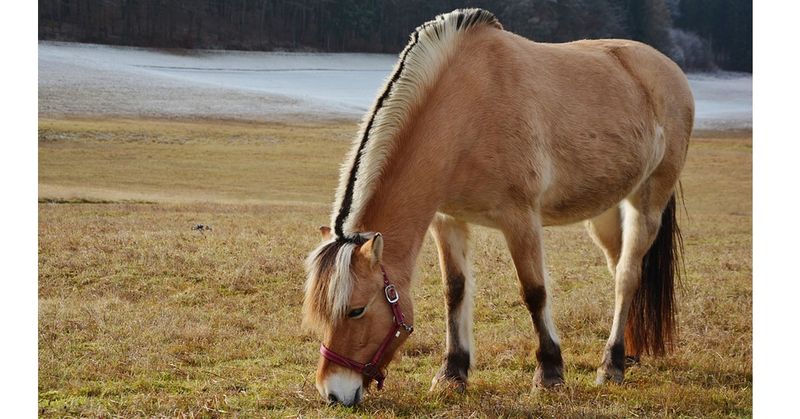
Starting with size, the Icelandic Horse is compact and sturdy, a pint-sized powerhouse that surprises with its strength.
Meanwhile, the Fjord Horse stands taller and broader. Its impressive physique commands attention.
While the Icelandic Horse can fit snugly in smaller spaces, the Fjord Horse requires more room.
2. Coat Colors
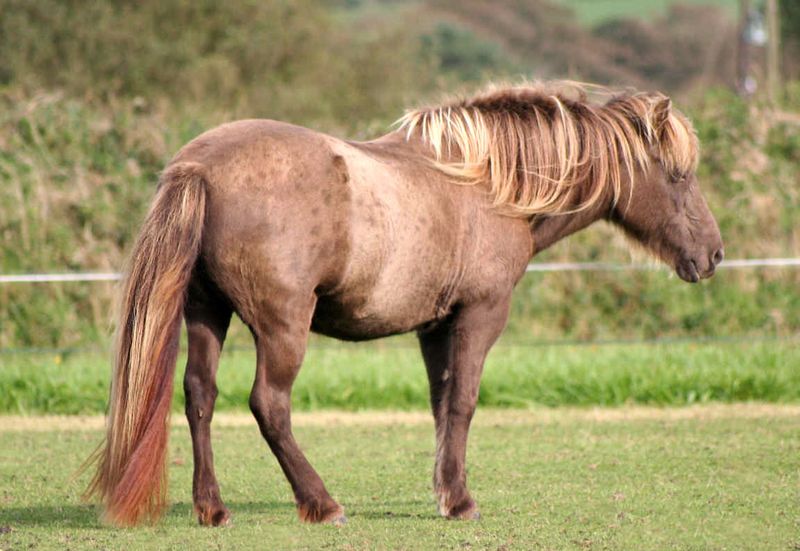
The Icelandic Horse sports a rainbow of coat colors, over 40 shades to dazzle the eye. In contrast, the Fjord Horse wears its classic dun coat like a signature uniform.
This includes a striking stripe down the spine known as the dorsal stripe, adding a dash of drama to its look.
3. Unique Gaits
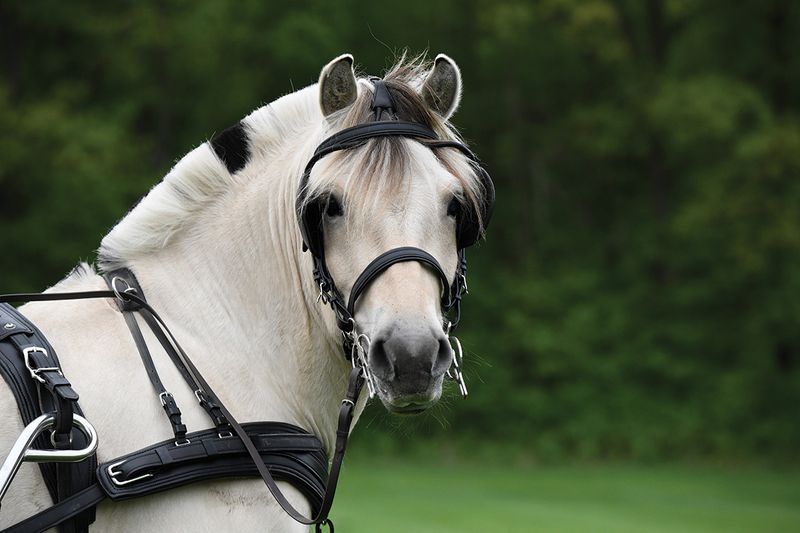
With a trot that could rival a dancer, the Icelandic Horse showcases the tölt – a smooth, four-beat gait that feels like gliding on air.
On the other hoof, the Fjord Horse sticks to the standard three gaits – walk, trot, and canter. Each of these is filled with a rhythmic grace that’s equally mesmerizing.
4. Mane Styles
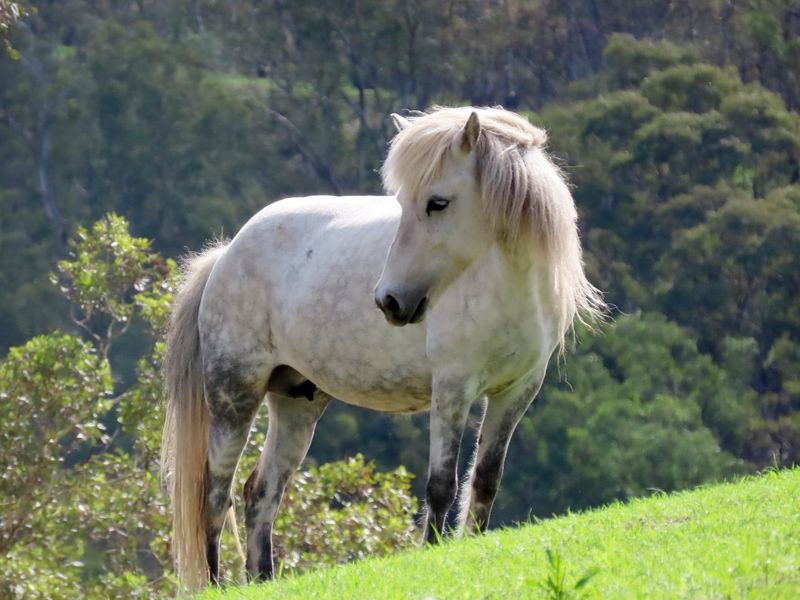
Imagine a horse salon – where the Icelandic Horse flaunts its long, flowing mane, like a horse version of a rockstar. The Fjord Horse, however, prefers a neat, upright mane cut into a crescent shape.
This distinct style not only looks chic but also reflects its practical heritage as a working horse.
5. Historical Roles
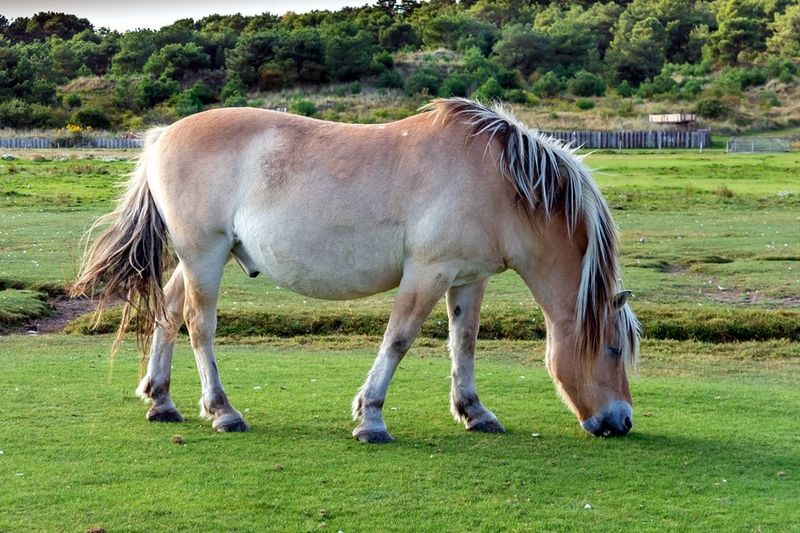
The Icelandic Horse has roots in transportation, ferrying goods across Iceland’s rugged landscapes. It’s a testament to adaptability.
On the other hand, the Fjord Horse has been a steadfast farm companion, pulling plows and carts.
Each has flourished in roles tailored to their strengths and resilience.
6. Climate Adaptability
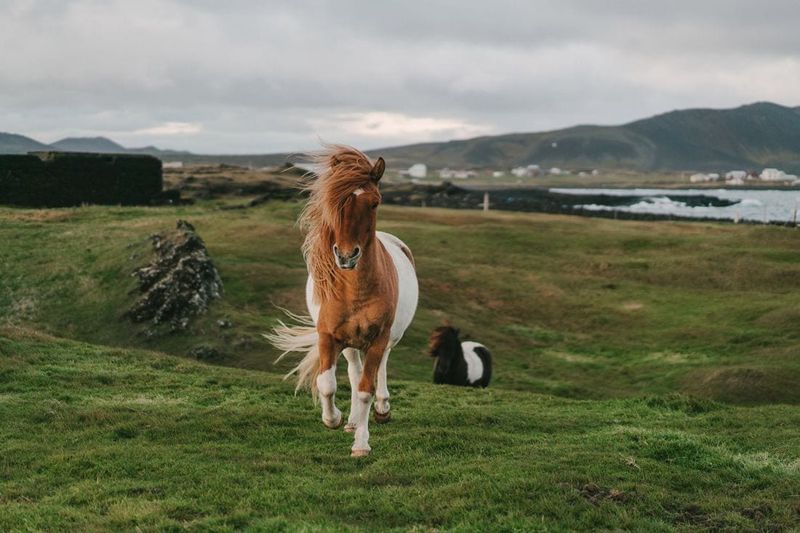
Built for the blustery cold, the Icelandic Horse sports a thick winter coat, perfect for Iceland’s chill. Meanwhile, the Fjord Horse, hails from Norway, thrives in milder climes.
Its dense coat protects it from colder days, yet sheds for warmer weather, showcasing its adaptability to varying climates.
7. Temperament
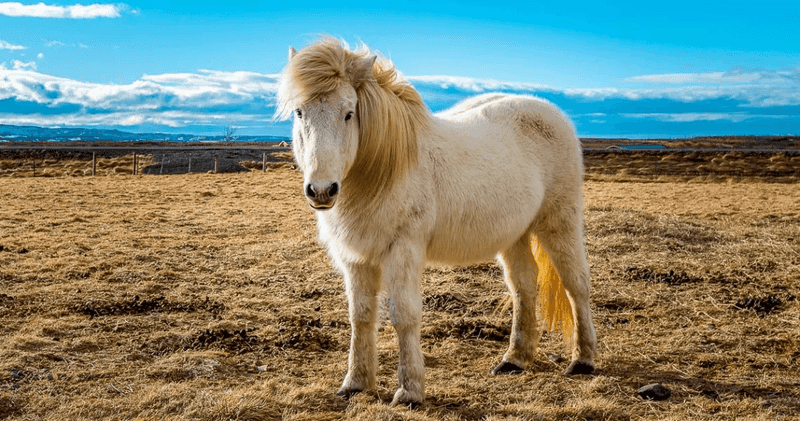
With a sprightly spirit, the Icelandic Horse is known for its energetic and curious nature. It’s like the adventurous friend always up for exploration.
The Fjord Horse, in contrast, is the calm, reliable companion, exuding a quiet strength, making it a favorite for those seeking a steady mount.
8. Lifespan
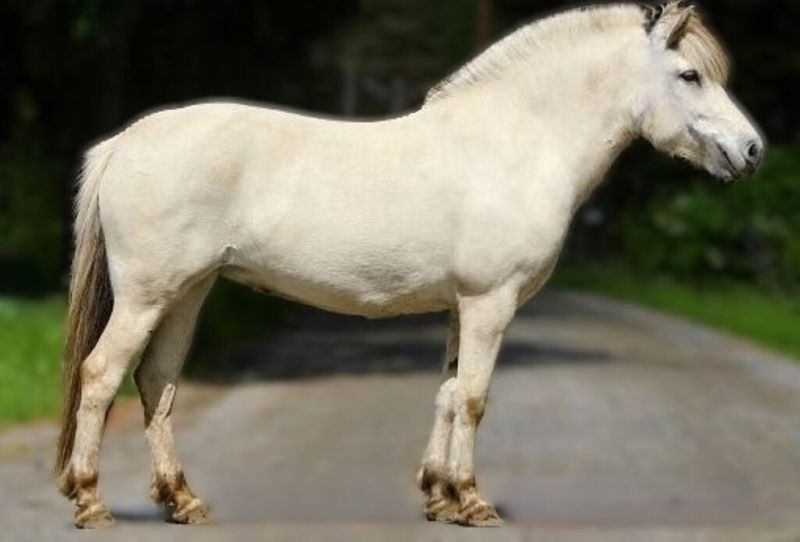
Longevity is a shared blessing, though the Icelandic Horse often lives longer, reaching into its thirties. Its hardy constitution is matched by its zest for life.
The Fjord Horse, with a lifespan into its twenties, is equally robust. Both breeds offer years of companionship and fulfillment.
9. Cultural Significance
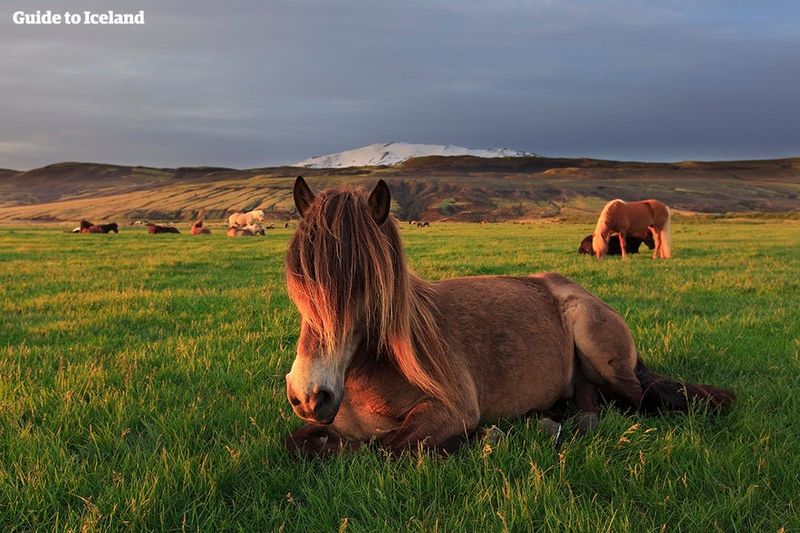
Celebrated in sagas, the Icelandic Horse is a national treasure in Iceland, embodying the spirit of the land. The Fjord Horse, a symbol of Norwegian heritage, is featured in folklore.
Each horse holds a place of honor in their respective cultures, revered for their contributions and unique traits.
10. Feeding Habits
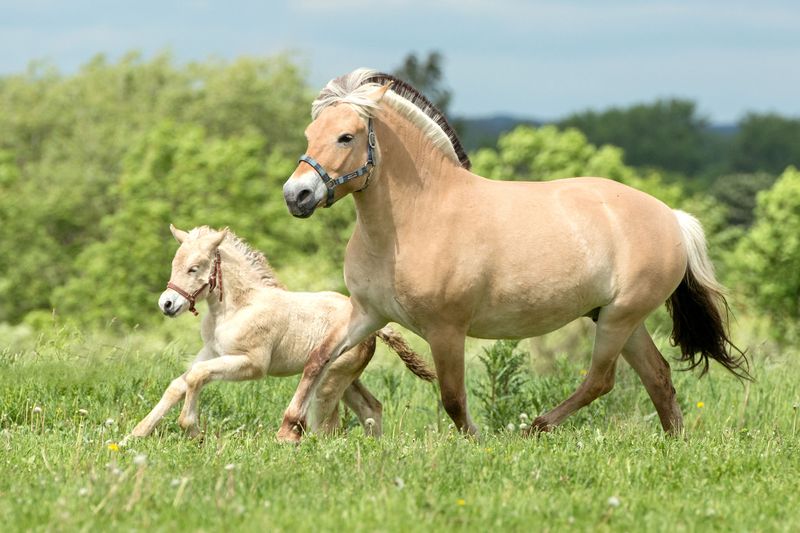
Survival on sparse terrain is the Icelandic Horse’s forte, thriving on limited grazing. It’s an efficient grazer, adept at making the most of what’s available.
Conversely, the Fjord Horse enjoys the lush pastures of Norway, requiring more abundant grazing, reflecting its background in fertile landscapes.
11. Breed Restrictions
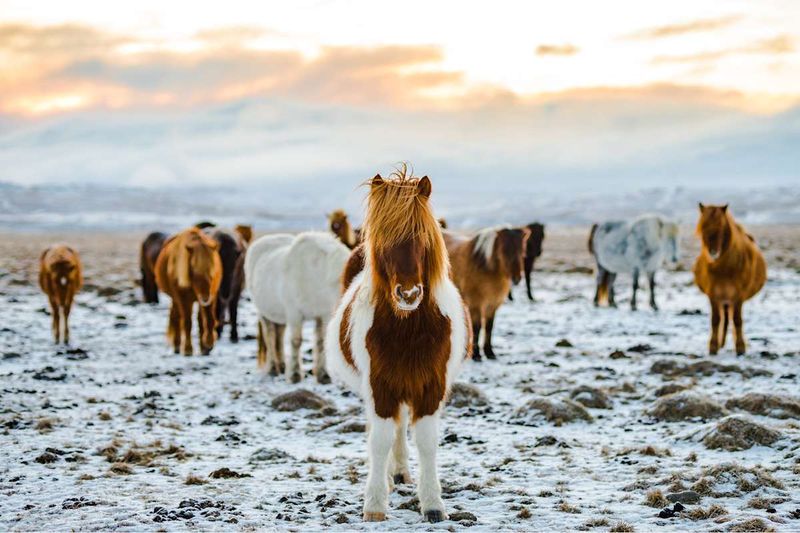
Icelandic laws fiercely protect their native horses; once an Icelandic Horse leaves, it can’t return. This preserves the breed’s purity.
The Fjord Horse, though also cherished, doesn’t face such strict travel restrictions, reflecting its broader integration into various environments worldwide.
12. Training Differences
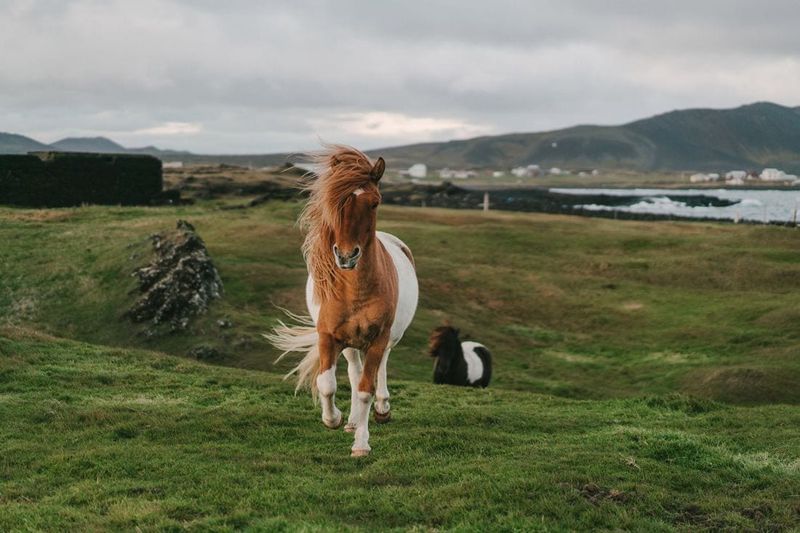
Training an Icelandic Horse involves nurturing its natural gaits and spirited attitude. It’s a process filled with energy and enthusiasm.
The Fjord Horse training emphasizes its working capabilities, focusing on its strength and steadiness, showcasing a balance of patience and persistence in approach.
13. Social Behavior

Icelandic Horses flourish in social settings, often forming strong bonds within their herds. They’re the social butterflies of the equine world.
In contrast, Fjord Horses, while social, display a more laid-back approach, embodying a gentle camaraderie that complements their calm and collected nature.
14. Pony Vs Horse
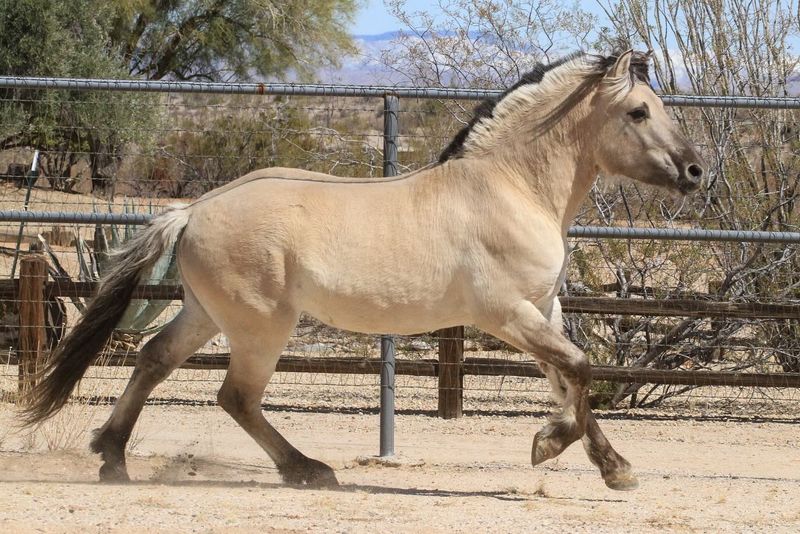
Though often mistaken for a pony due to its size, the Icelandic Horse is a horse through and through, defying the conventional size expectations.
The Fjord Horse, with its sturdy frame, leaves no room for such confusion, standing firmly in the horse category with its substantial build and presence.
15. Genetic Diversity
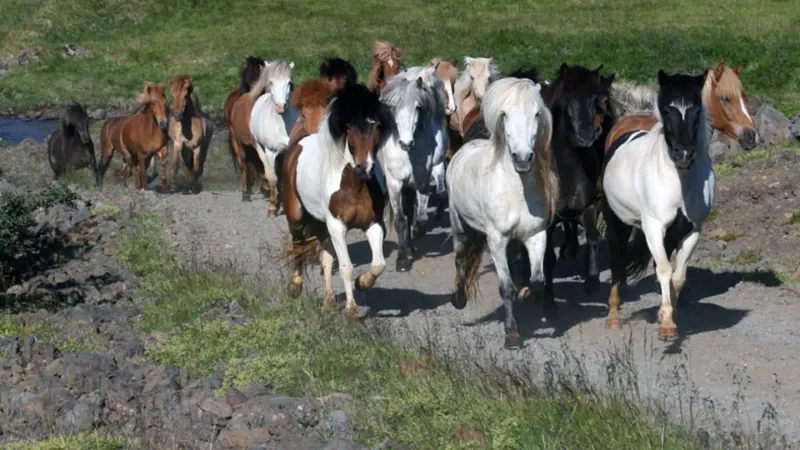
Genetic isolation has preserved the Icelandic Horse’s unique traits, resulting in a breed relatively unchanged for centuries.
This contrasts with the Fjord Horse, which has been selectively bred for various traits, creating a balance between maintaining tradition and embracing adaptability. Each breed tells its own genetic story.


